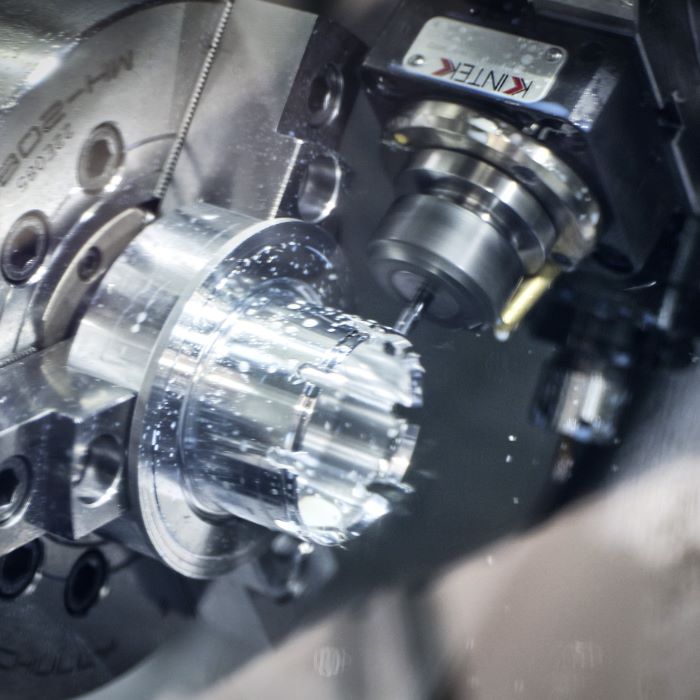In the world of manufacturing, precision is paramount. Whether you’re producing components for aerospace, automotive, or medical devices, achieving accuracy and consistency is crucial. This is where Computer Numerical Control (CNC) machining comes into play. Let’s take a journey into the basics of CNC machining and discover how this technology has revolutionized modern manufacturing.
What is CNC Machining?
CNC machining is a manufacturing process that uses computer-controlled machines to remove material from a workpiece to create a precise and custom-designed part. Unlike manual machining, where an operator guides the cutting tools, CNC machining relies on automated computer programs to execute precise movements and commands. This automation leads to higher levels of accuracy and repeatability.

The Components of CNC Machining
1. CNC Machine
At the heart of CNC machining is the CNC machine itself. These machines come in various types, including milling machines for cutting and shaping, lathes for turning and cylindrical operations, and routers for intricate carving and engraving. CNC machines are equipped with motors and drive systems that move the cutting tools precisely in three dimensions: X (horizontal), Y (vertical), and Z (depth).
2. Computer Control
The “C” in CNC stands for Computer, and it’s a pivotal element in this technology. CNC machines are programmed using specialized software that generates a set of instructions known as G-codes and M-codes. These codes specify tool movements, speeds, and operations, allowing the machine to precisely execute the desired tasks.
3. Cutting Tools
The cutting tools used in CNC machining vary depending on the material being worked on and the desired outcome. Common tools include end mills, drills, and inserts. These tools are mounted on spindles, which rotate at high speeds to cut, shape, and remove material from the workpiece.
4. Workpiece
The workpiece is the raw material that is transformed into a finished part. CNC machining can work with a wide range of materials, including metals (e.g., aluminum, steel, titanium), plastics, wood, and composites. The workpiece is securely clamped or fixtured in place on the machine’s worktable to ensure stability during the machining process.
The CNC Machining Process
The CNC machining process begins with the creation of a digital design or CAD (Computer-Aided Design) model of the desired part. This design serves as the blueprint for the CNC program. Here’s a simplified overview of the process:
1. Design
Create a detailed digital design of the part to be machined using CAD software.
2. Programming
Write a CNC program using CAM (Computer-Aided Manufacturing) software. This program converts the design into a series of G-codes and M-codes that the CNC machine can understand.
3. Setup
Securely mount the workpiece on the CNC machine’s worktable and load the appropriate cutting tools into the spindle.
4. Machining
Initiate the CNC program, which guides the machine in precise movements to cut, shape, or drill the workpiece according to the design.
5. Quality Control
Inspect the finished part for accuracy and quality, making any necessary adjustments to the CNC program or machining parameters.
Advantages of CNC Machining
CNC machining offers several advantages over traditional manual machining:
- Precision: CNC machines can achieve extremely high levels of precision, ensuring consistent and accurate parts.
- Repeatability: Once a CNC program is created, it can be used repeatedly to produce identical parts, reducing human error.
- Complex Geometry: CNC machines can create intricate and complex shapes that would be challenging or impossible with manual methods.
- Efficiency: CNC machining is highly efficient, reducing production times and costs.
- Versatility: CNC machines can work with a wide range of materials and are suitable for various industries.
Conclusion
CNC machining has transformed the world of manufacturing, enabling businesses to produce high-precision components with efficiency and consistency. Whether you’re crafting a critical aerospace part or a custom-designed piece of art, CNC machining offers the precision and reliability needed to bring your ideas to life. As technology continues to advance, CNC machining will undoubtedly remain at the forefront of modern manufacturing.




